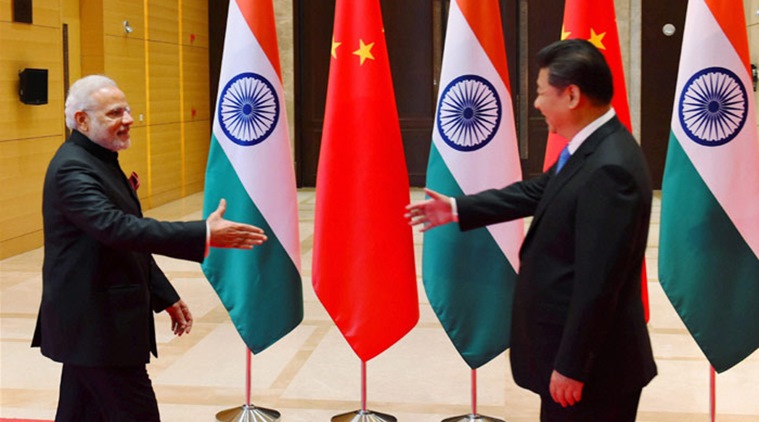Alwaght- Tensions are building up between China and India along parts of their 3,500km-long border — over a plateau called Doklam in India and Donglang in China with war drums getting louder.
China accused India on Wednesday of “concocting” excuses over the illegal entry of the South Asian nation’s military into Chinese territory on their disputed border, adding that China had shown great restraint.
The stand-off on a plateau next to the mountainous Indian state of Sikkim, which borders China, has ratcheted up tension between the neighbors, who share a 3,500-km (2,175-mile) frontier, large parts of which are disputed.
Early in June, according to the Chinese interpretation of events, Indian guards crossed into China’s Donglang region and obstructed work on a road on the plateau.
The two sides’ troops then confronted each other close to a valley controlled by China that separates India from its close ally, Bhutan, and gives China access to the so-called Chicken’s Neck, a thin strip of land connecting India and its remote northeastern regions.
India has said it warned China the road construction would have serious security implications.
In a statement, China’s Foreign Ministry said the Indian military was still in Chinese territory, and that China had acted with a great deal of restraint, demanding that India withdraw its forces.
The ministry reiterated that the border had been agreed in 1890 by the governments of China and Britain, India’s colonial ruler until 1947, and later with the Indian government.
India opposed the construction of the road, arguing it will give the Chinese a solid leverage in moving closer to the strategic the strip of Chicken’s Neck also known as Siliguri Corridor.
BRICS meeting in Shang amid row
A gathering of trade ministers from the BRICS bloc ended on Wednesday in the Chinese city of Shanghai with a joint pledge to boost cooperation, as a protracted border row between China and India continued.
BRIC is a grouping acronym that refers to the countries of Brazil, Russia, India, China and South, which are all deemed to be at a similar stage of newly advanced economic development. The two-day meeting is a key ministerial gathering ahead of the BRICS summit, which will be held in the southern city of Xiamen in September. Chinese President Xi Jinping is expected to host Indian Prime Minister Narendra Modi at the summit.
China and India are the world’s two fastest-growing major economies, but trade turnover between them fell in 2016 due to increasing tensions
US exploiting Sino-India tensions
The current Sino-India stand-off, like in previous times, is likely to be exploited by the West especially the US particularly due to the fact that the two Asian nuclear powers are also members of the powerful BRICS block. The emerging economies of the BRICS nations are creating a paralleling international financial system ultimately challenging the hegemony of the current US-led and western-dominated system.
The countries have already established a bank known as The New Development Bank (NDB) which was set up two years ago to mobilize resources for development projects in its member countries. The BRICS common agenda of pushing international economic governance away from neoliberalism and western dominance is a matter of concern to Washington and its allies and they will therefore overtly and covertly seek to incite and provoke tensions among member states.
To prevent the US from exploiting the current Sino-India crisis, it is in the interest of BRICS countries and powers in Asia to mediate between these New Delhi and Beijing and resolve their differences through peaceful means.



























